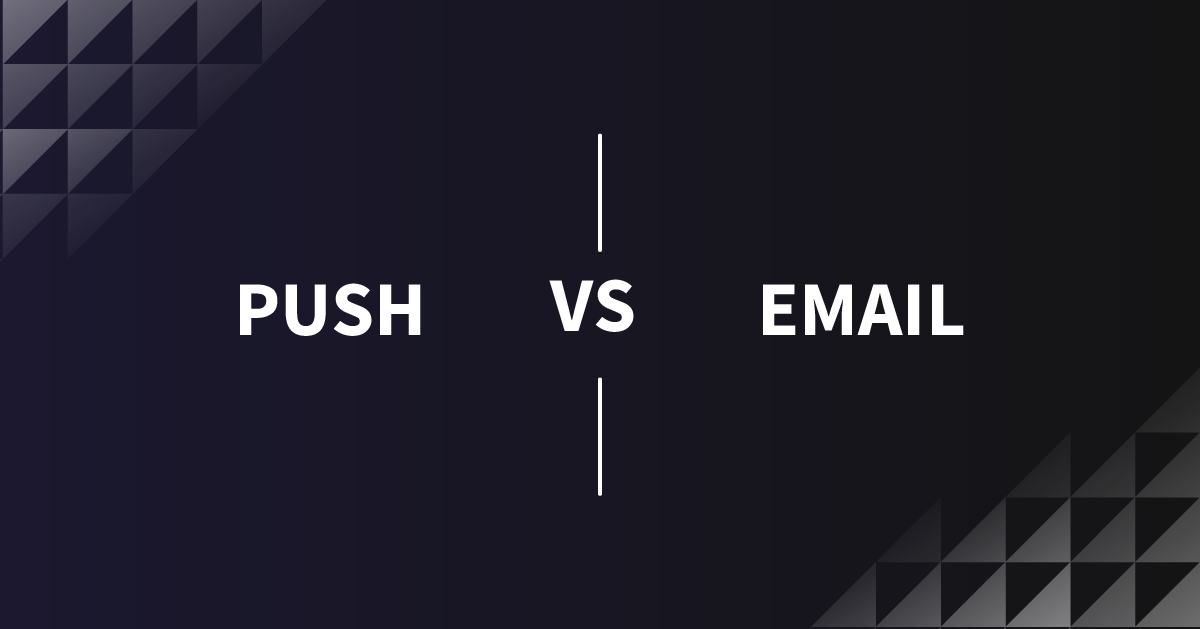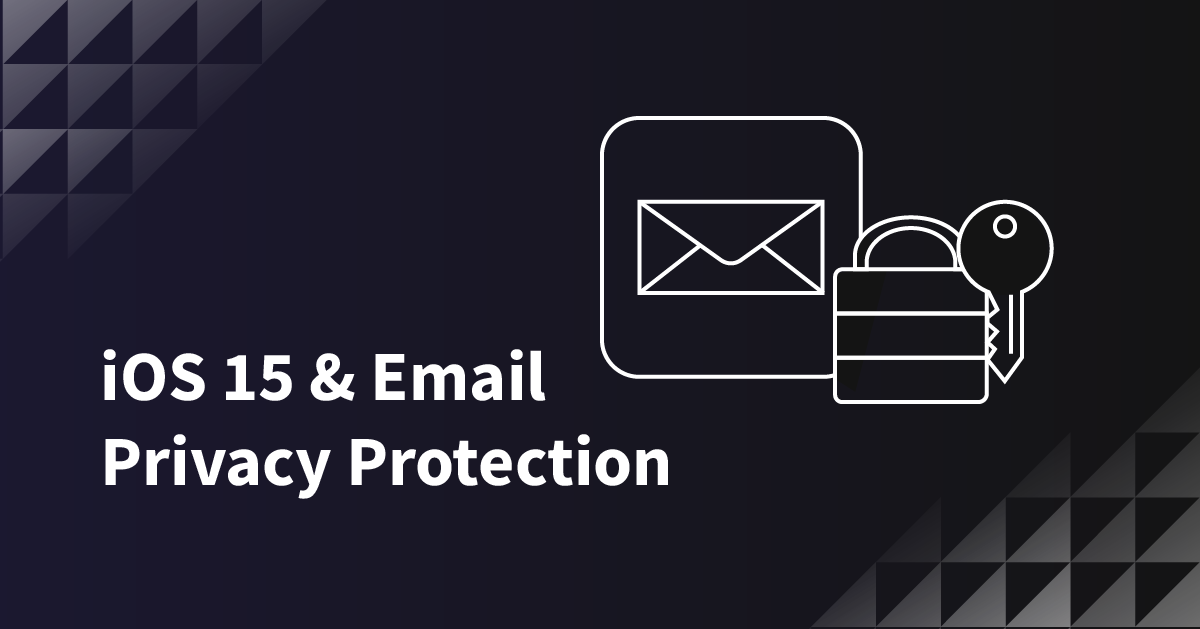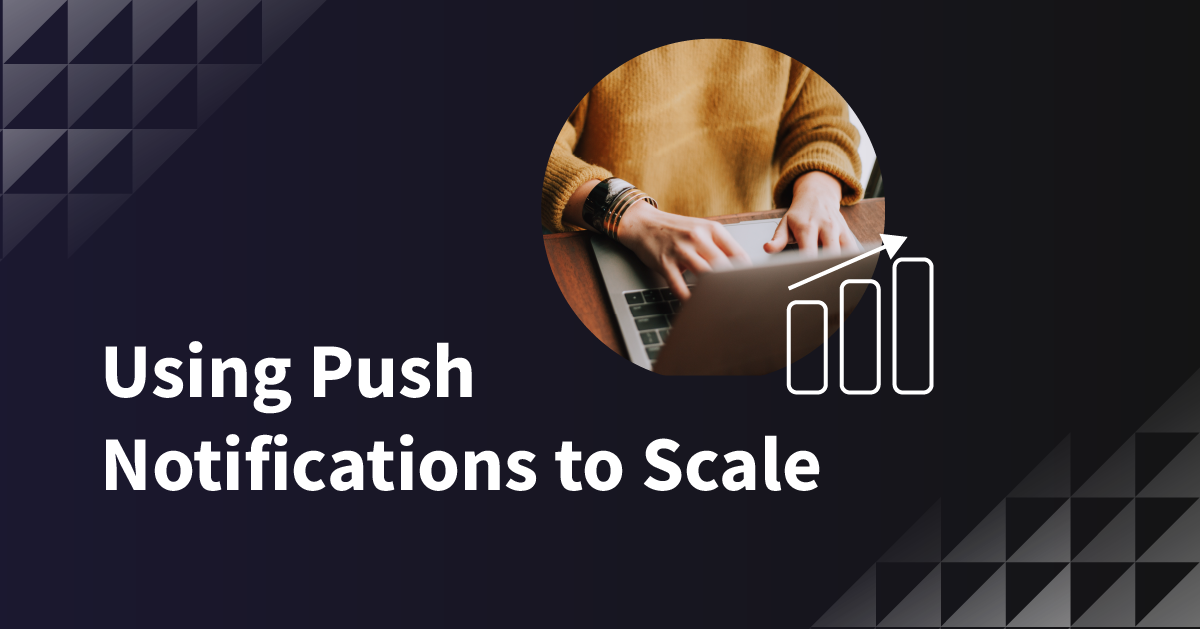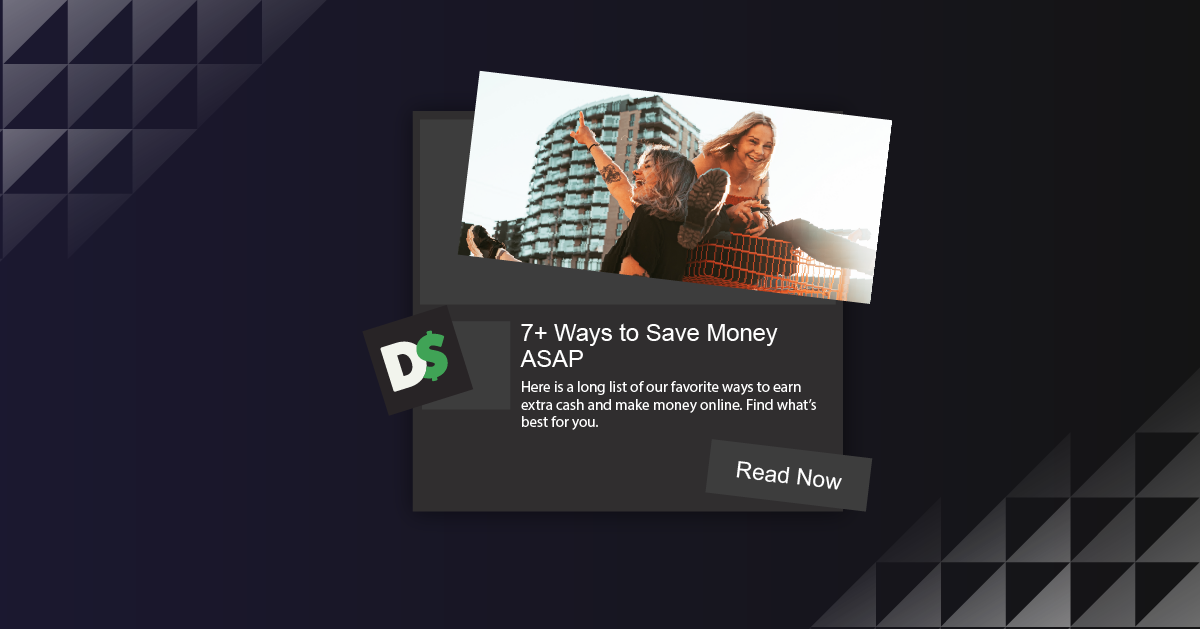Welcoming push notifications doesn’t mean you can say goodbye to email marketing.
Both are great methods for keeping your audience engaged and loyal. There are times when it’s better to use email for communications, sometimes a push alert is the best practice and more often than not, you can use both mediums together.
The scoop on email
Email can be an excellent way to establish trust and brand authority with your audience. Informative weekly or monthly newsletters can be a valuable asset to your subscribers. With email, competing with your audience’s attention is a bit easier as most inboxes aren’t cluttered with competing distractions or pop-ups. Other than making sure your email hits the primary folder and is interesting enough to get clicked, email is one of the most cost effective ways to communicate with your audience.
The main problem with email is that open rates continue to decline. The average industry open rate (for the messages that make it past your spam filters) is just 18 percent. The format can also be an issue. The rich, attractive emails you spend time perfecting sometimes encounter wonky displays and weird formatting on certain devices and inboxes.
The scoop on push notifications
When it comes to instant communication, you can’t beat push notifications. The messages are extremely difficult to ignore. CTRs are generally around 40 percent. Push notifications are painless to implement and relatively straightforward to manage.
Unfortunately, push notifications do come with a challenge—a character limit. Push notifications are basically one-liners, so it can be quite grueling to channel the information that brings the most value to the customer.
When should email marketing be the focus?

*Sending newsletters
*Sending weekly roundtables
*Sharing more in-depth and content-rich pieces
When its it best to use push notifications?

*Recovering abandoned forms
*Retargeting content
*Recommending content
*Introducing breaking news
How do I use them together?
In many cases, email and push complement each other. They cater to the same group of users: highly motivated fans of your business that volunteer to receive messages from your organization. Their opt-in is incredibly valuable – and whether they want alerts sent to their phone, their desktop or their inbox, providers like Pushnami can help.
For optimal value, combine email and push notifications by pairing their merits. For example, if you’re announcing a new product, create a joint campaign where you take advantage of push notification’s attention-attracting abilities to announce the news, and use email to fill in the bulk of the more detailed aspects. There is only so much information you can fit into a push notification, and email marketing is only so visible…but by using them together, the results speak for themselves. Consider push notifications like the trailer to a movie while the emails give a behind-the-scenes take with the stars ad the director.
If you’re running a political content site, for example. using push and email together can help you capture a much greater percentage of your weekly audience into a marketable subscriber. Use a daily email with your most recent stories (monetized through ads) while also sending out breaking news alerts through push. Give the subscribers those important in-the-moment alerts (which push is designed for) and then give those who so inclined the option of a more in-depth recap through email.
Don’t forget about monetization
Remember, both emails and push notifications can be monetized. When it comes to email, capture free subscribers on your site and then set up daily campaigns triggered by your subscriber’s interests. You can include ads and affiliate links to turn your email cadences into strong revenue drivers. Push notifications can lead subscribers to sponsored content where the content itself offers valuable, relevant information.
Paid subscriptions, virtual events, emails and push notifications can help you build a relationship with your audience and effectively collect their first-party data. First-party data is all the information that you gather directly from your audience. You capture this data via records on your website, survey forms, marketing campaigns and social networks. Platforms like Pushnami can help you automate the delivery of your campaigns while also helping you monetize them. Newsweek, for instance, found success using Pushnami to re-engage their readership and to unlock new monetization strategies.
Make sure your campaigns can stand alone
When implementing both a browser push strategy and an email marketing strategy, each campaign must hold water on its own. If a user subscribes to your emails but not your push notifications, they should still be able to make sense of the information you’re trying to convey. And vice versa.
Never assume that your customers subscribe (or will see) both the email and push notification components of your campaign. Campaigns should have their own message that doesn’t need supplemental context to decipher.
For example, let’s say you’re using push notifications to drive traffic to a timely news article. Inform subscribers that the article is live via push notification, and then use email to give them more information about the content before encouraging them to click on it. While each medium delivers updates about the same subject and works well together, the campaign can be of value and logic on its own.
Where should you drive campaigns to?
When it comes to a single campaign, your emails and push notifications should drive users to the same landing page. This will help you get results faster while also saving you from putting time and energy into different versions of the same site.
Explore several marketing channels for the best results
No marketing channel stands alone. Multichannel engagement requires some trial and error, but you might just find that repeat readership, new traffic and increased paid subscriptions result from exploring avenues such as SMS marketing, email marketing and push.



